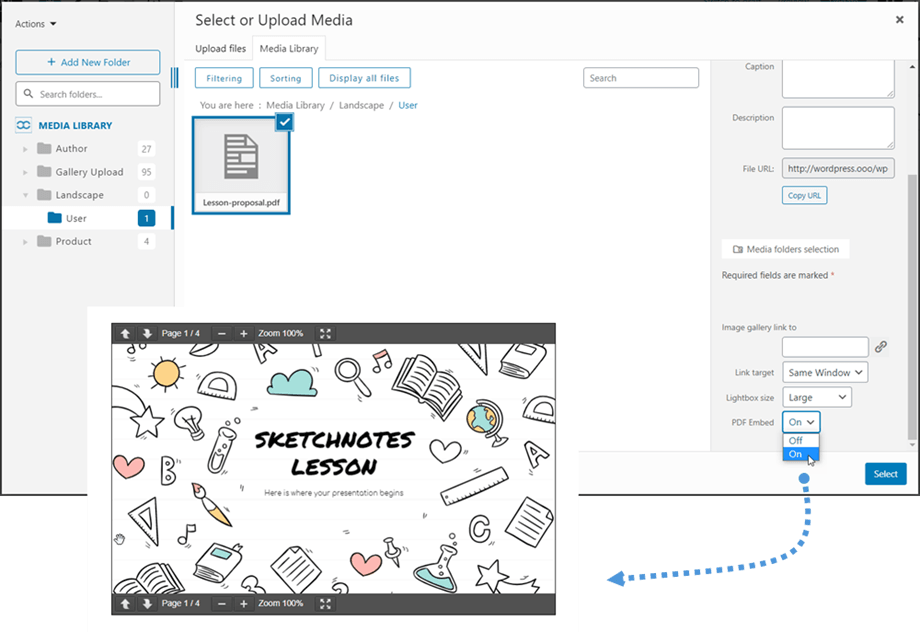
- #How to get pdf file to open from amazon s3 install#
- #How to get pdf file to open from amazon s3 download#
- #How to get pdf file to open from amazon s3 free#
I just added that to rtmp://./cfx/st/_definst_/mp4:
#How to get pdf file to open from amazon s3 download#
I used this file from amazonnaws docs (note: this is a download link) to create the signed part of url for the video only. The signing must only be on the file not the cloudfront url and file. I finally found the solution to using signed urls. As this one works then there cannot be a problem with cross domain policies. The method that I placed in my first post works, but that does not contain signed urls. The main reason I am using cloudfront as it offers streaming videos rtmp. You can use IP addresses with cloudfront, in this way, but I use a shared server which does not offer personal ip addresses. Once I use cloudfront, that policy doesn't work. I can set up a policy on a bucket which will only allow my website to access it. Hotlinking is also a problem with cloudfront. Someone can still copy the signed url and view the videos. The only benefit I can see in the signed url is the expiry date. You can now drag and drop files /folders from the.
#How to get pdf file to open from amazon s3 install#
Simply install Gladinet, choose Cloud Drive as the service and enter your Amazon credentials.
#How to get pdf file to open from amazon s3 free#
As far as I can makeout the link to the player is a signed url from the origin access ID and the videos are public, though the bucket is not. There’s a free utility called Gladinet Starter that will map your Cloud Drive account as a local drive so you can access your online files and folders from within Windows Explorer itself. I think the player needs to reside with the videos in an S3 bucket. I have temporarily given up on the signed urls. They have a 'Policy', a 'signature', and a 'Key-Pair-Id' (these are all hashed).

IMPORTANT! - Do not use a proxy script to bypass the crossdomain.xml file requirement. The newer one that I use with the Media Player module ( ) includes a special plugin for streaming videos ( ) Moodle uses an old version of the JW FLV Player. If you don't want to implement user authentication, then it would be much cheaper to simply upload video files to a free video hosting service such as, mark them as unlisted so that 3rd parties can't find them easily (unless you want them to) and access them from there (See demo here: ). xml file* at the bucket server root and any user access authentication that you might want to implement. The most likely issues to cause problems are having a correctly configured crossdomain. In Moodle 1.9, I've successfully accessed video files stored on an AWS S3 bucket server account.


 0 kommentar(er)
0 kommentar(er)
